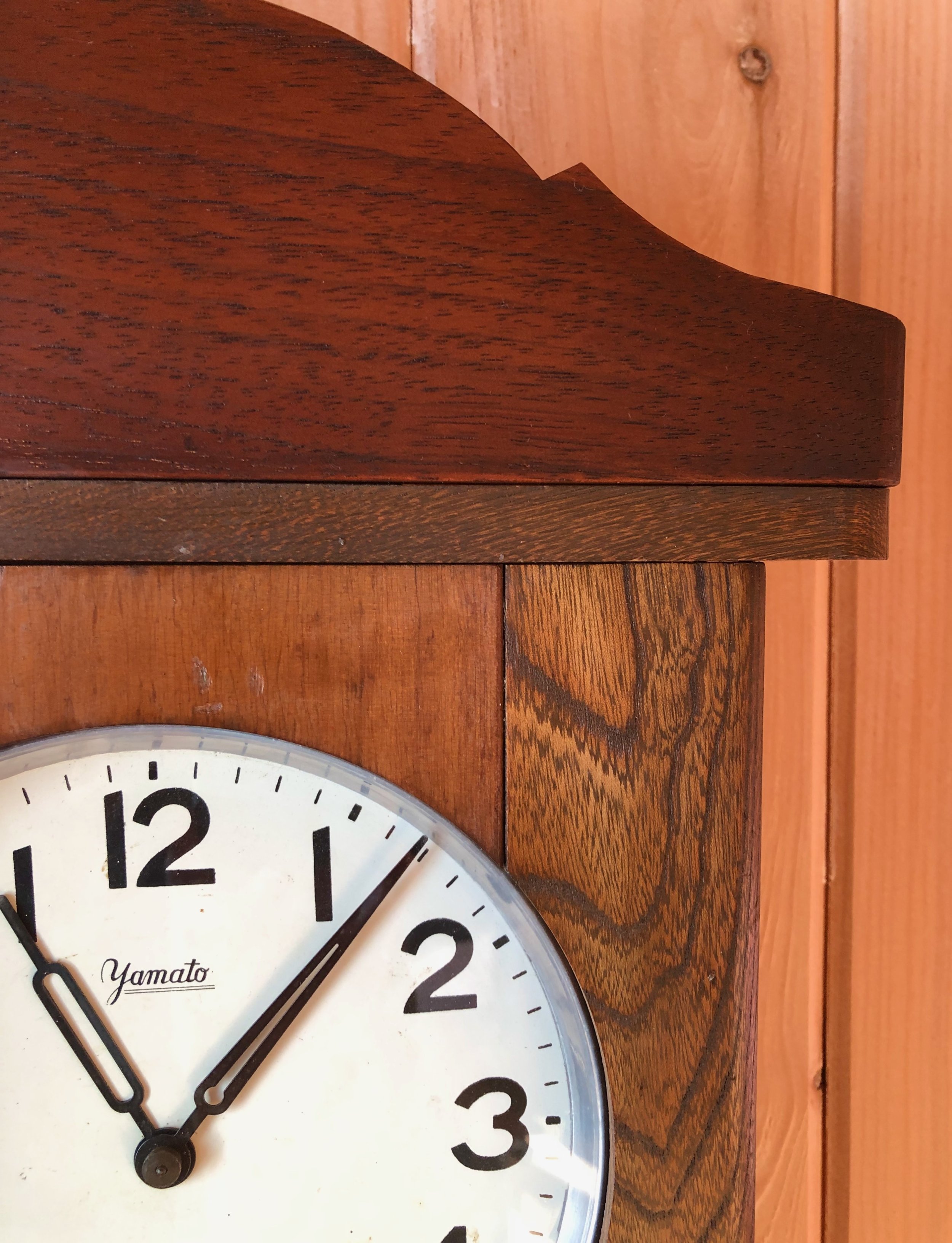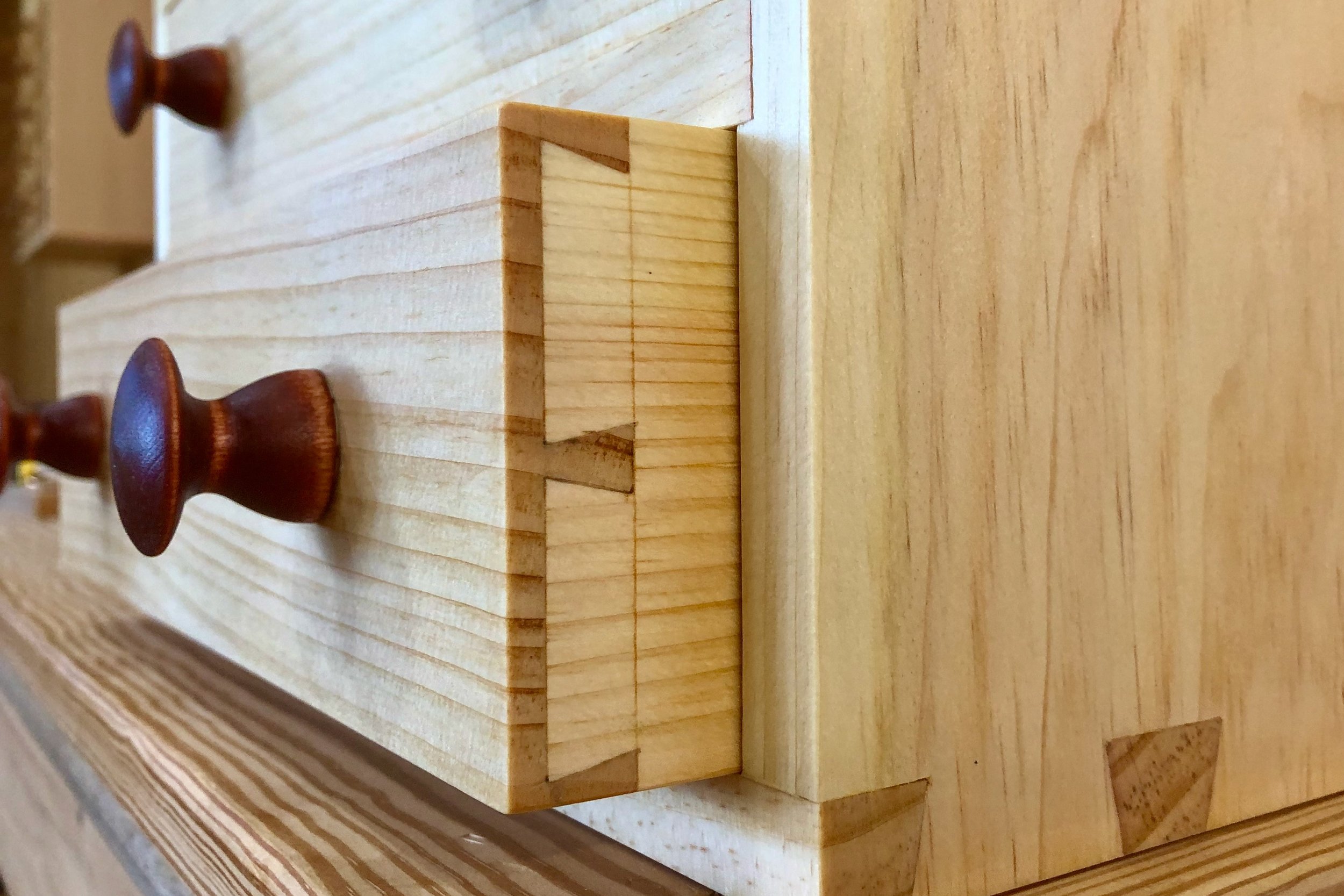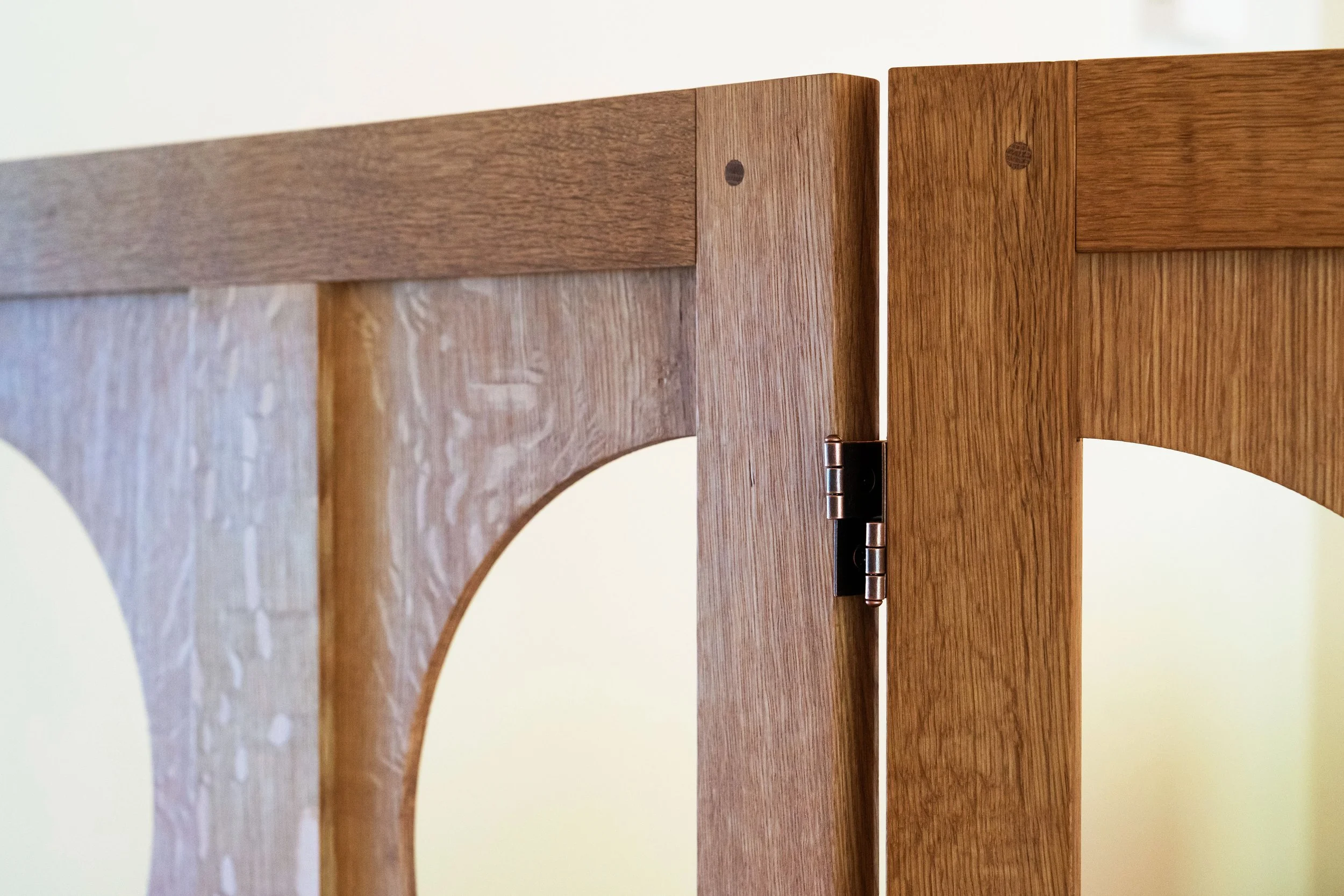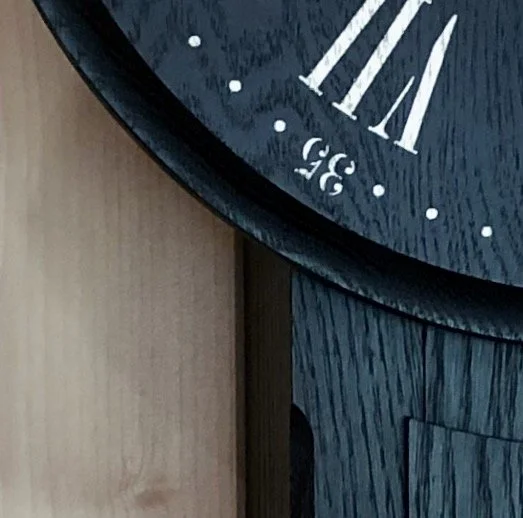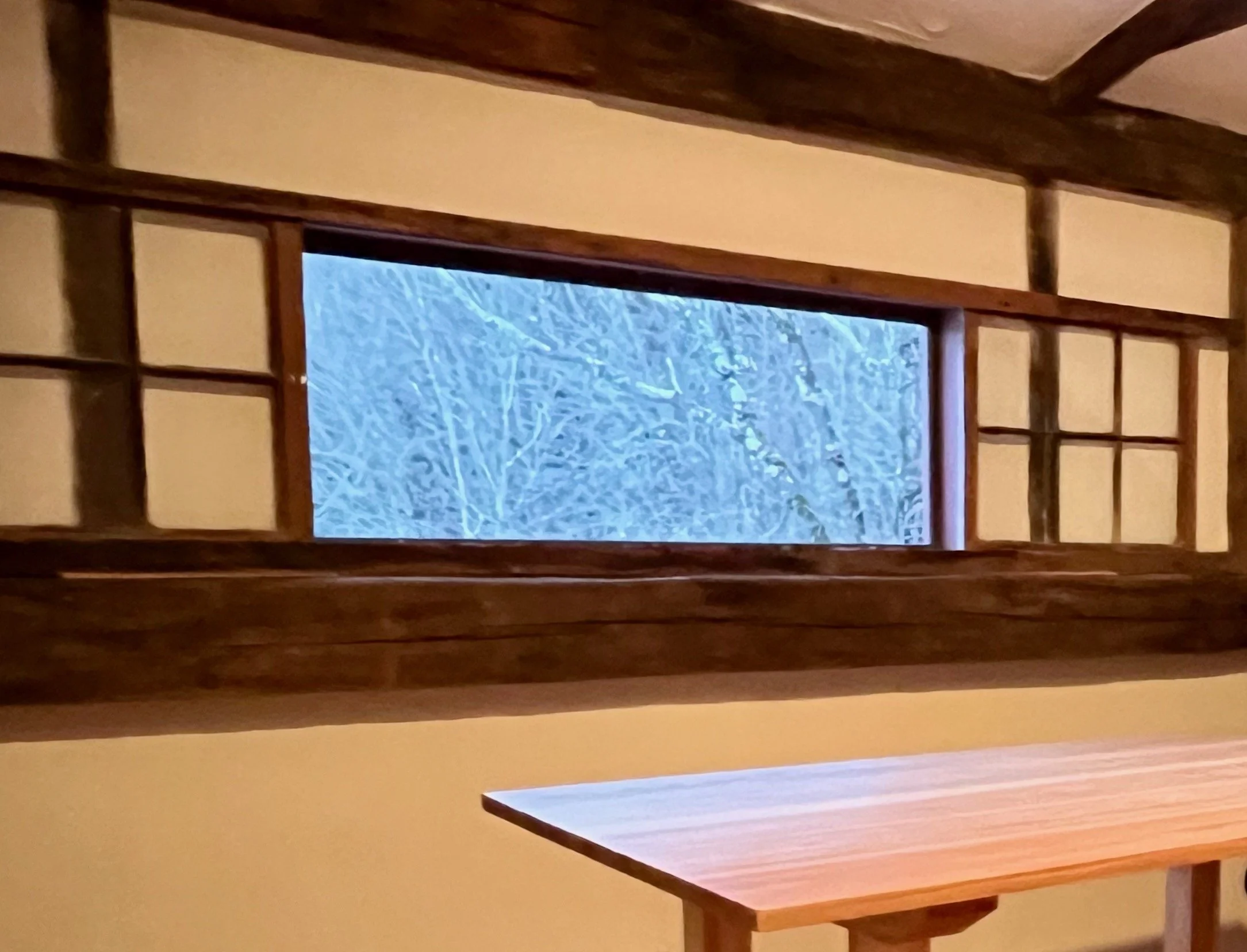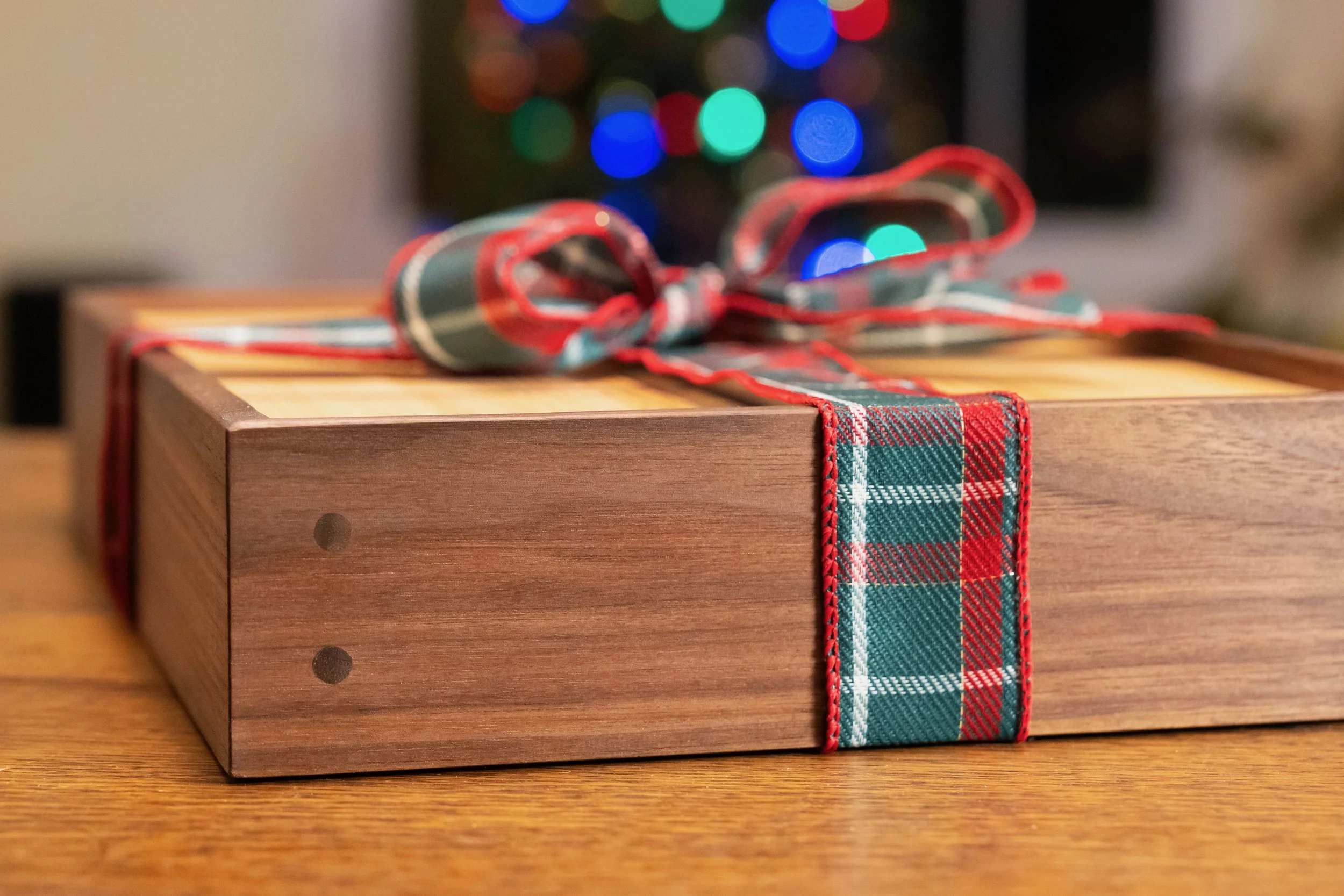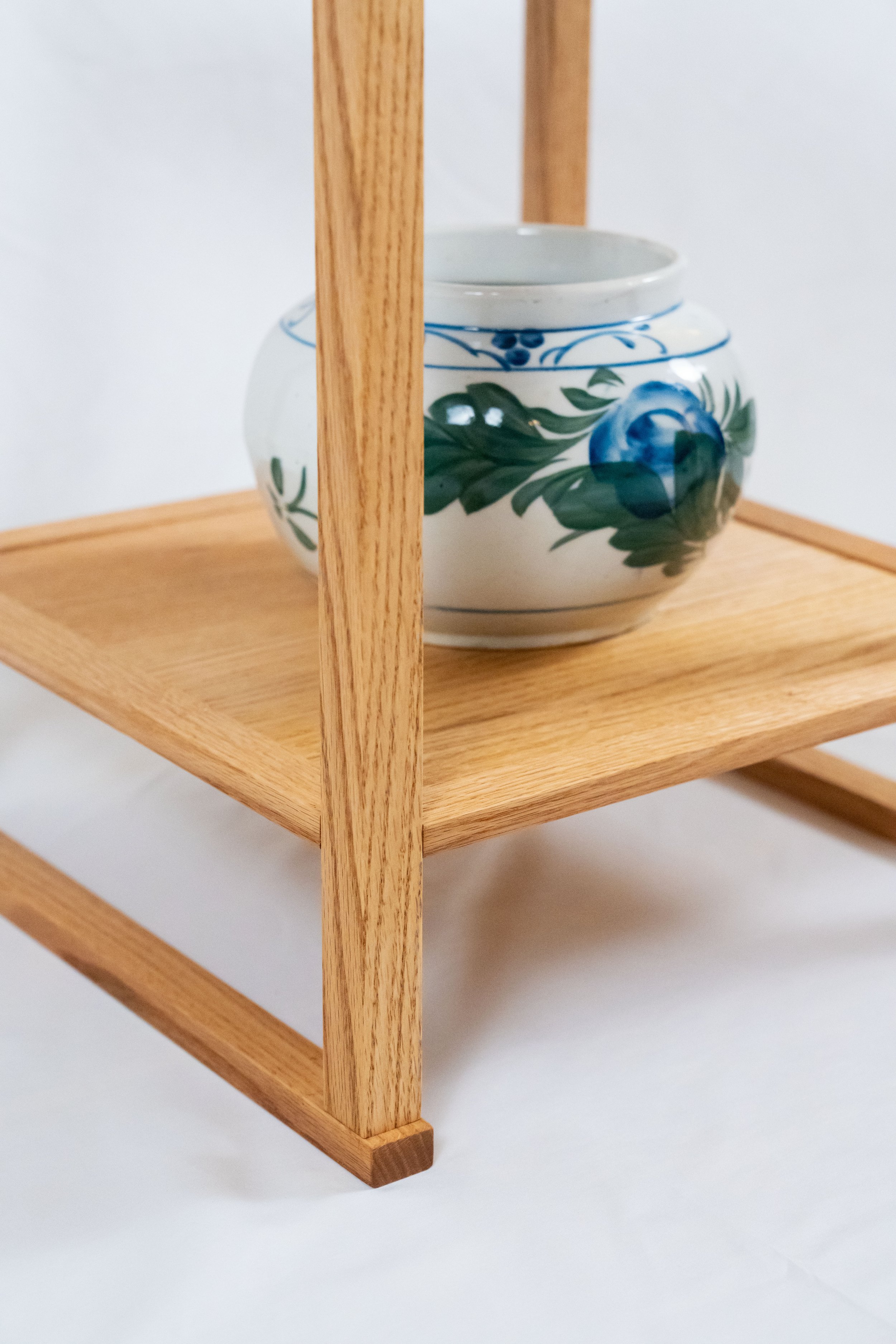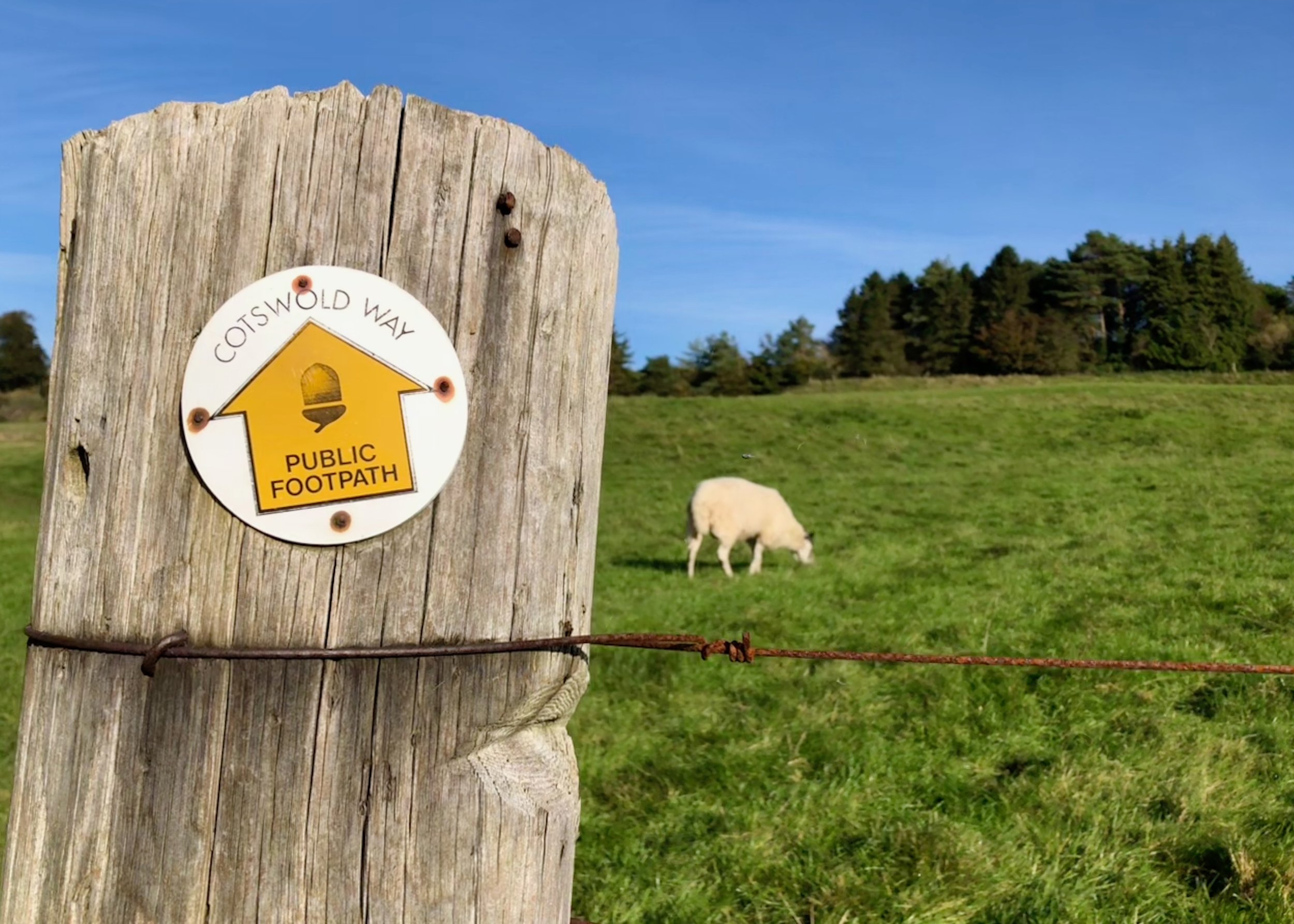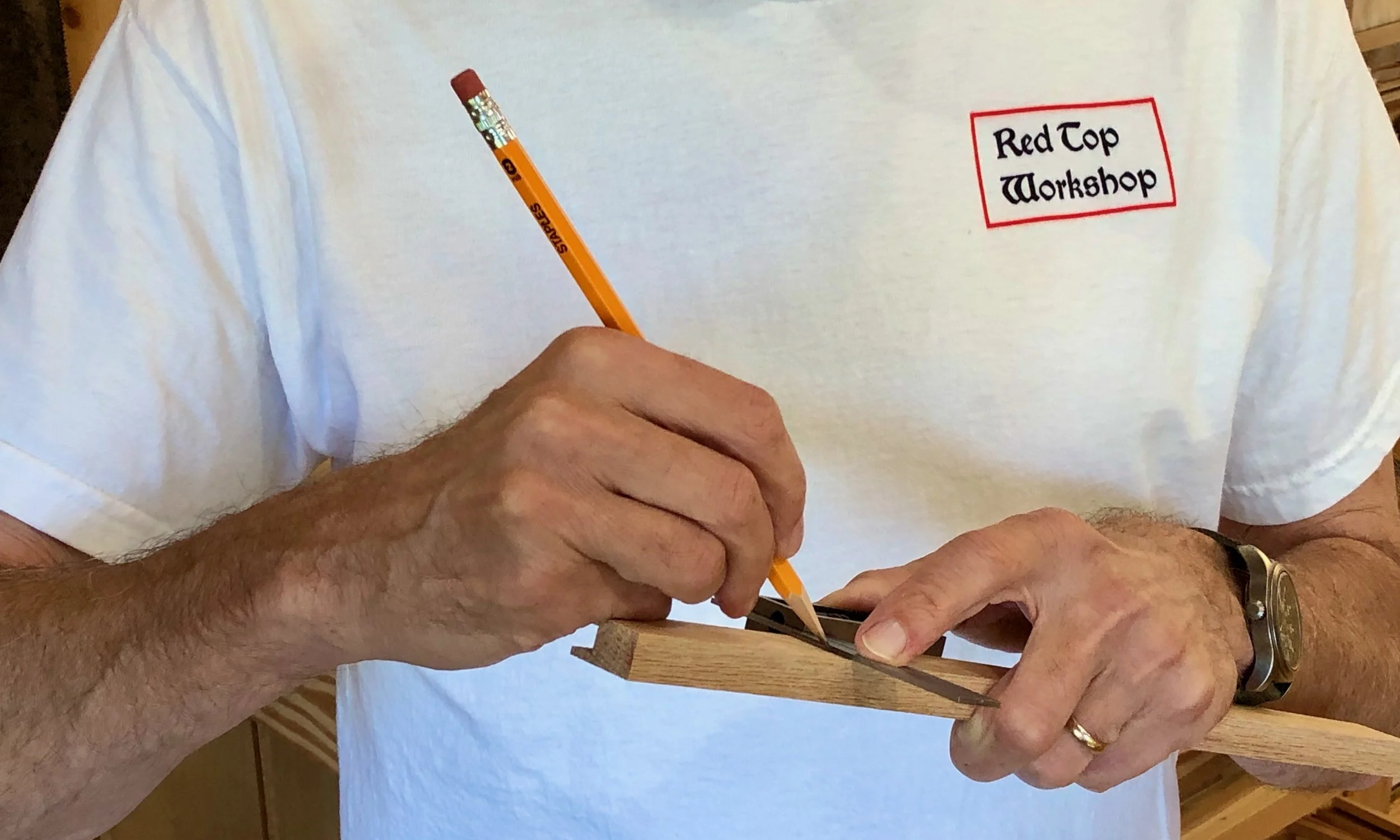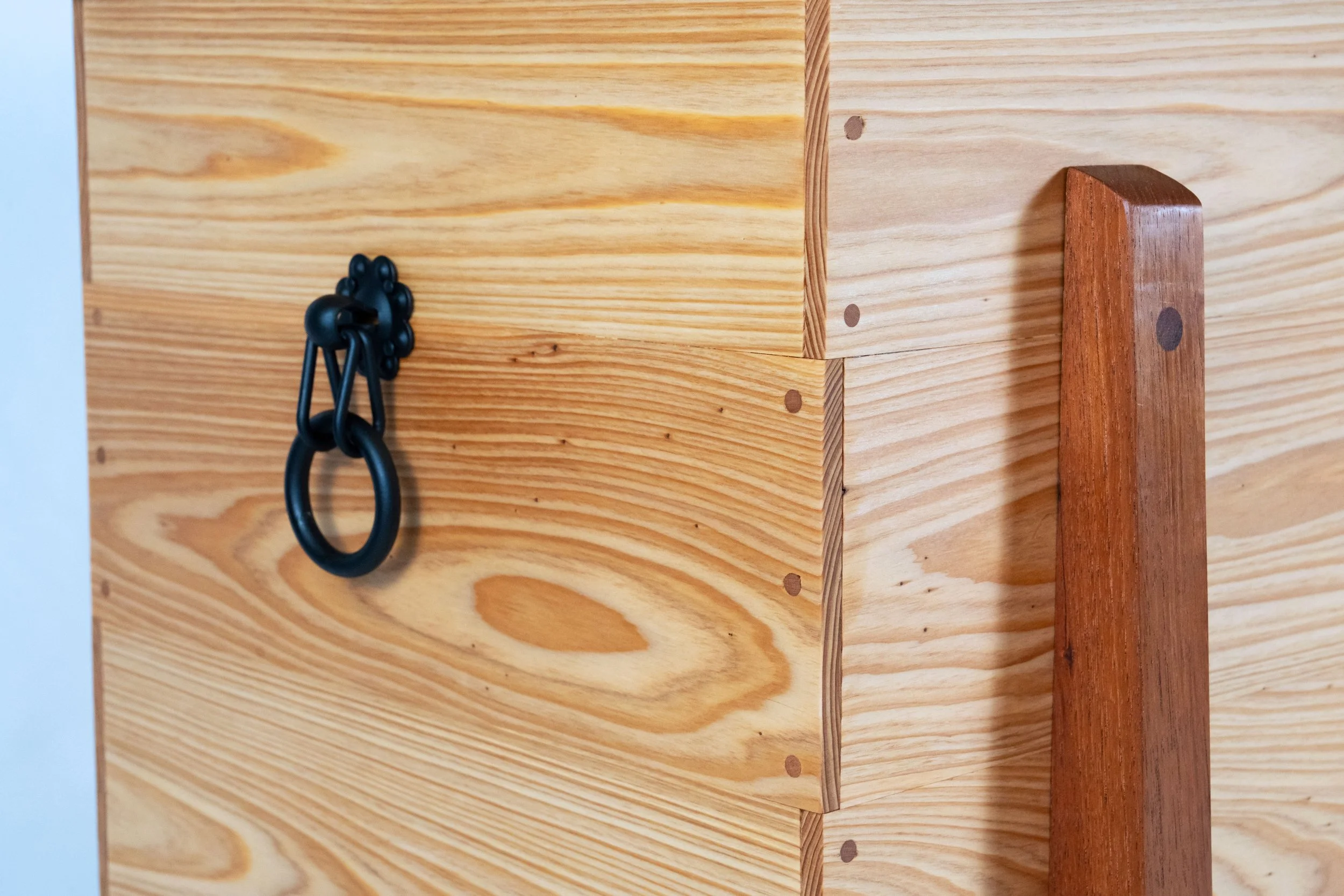
Under the Red Top
making the best of life & woodWonder Wood
“I’ve got a great idea!”
“What?”
“Let’s soak some boards in preservative chemicals. We can use high pressure and really saturate the stuff. Yeah!”
“And then we can let it dry out on the shelves of the Box Store and see what happens?”
“Oh, right …”
Something tells me this simple exchange has yet to occur. Don’t get me wrong, I think preserving wood by pressure treatment (PT) has its place in the world. I just wished somebody would have figured out how to dry the stuff afterwards so that it could be easily worked without experiencing debilitating warp. As it is, the lumber is usually received at the store and then sold to the public sopping wet. And unless you can take your purchase home and immediately build a project that is heavily fastened you’ve just bought yourself a stable’s worth of light green bucking broncos. It might have been better to pick among the dried up loners at the back of the pile, hoping to find a couple tame ones, but whenever I am able to think ahead I buy my stallions waterlogged and true. I then “break” them in the garage by clamping together, interspersed with stickers (thin wooden spacers), for a month of drying. I believe this achieves some good, but it’s the thinking ahead part that usually fails me.
Ever wonder about that wood? While garage-drying the wonder wood for a recent project I spent a few hours online trying to demystify the whole PT lumber thing. The Treatment refers to application of preservative chemicals under high Pressure. During this process the wood is first subjected to vacuum to eliminate air trapped within its pores followed by flooding with an aqueous solution of preservative chemicals. This is then pressurized up to 160 psi to fully saturate the cell structures within the wood. After draining, the now green-tinted planks undergo a period on the “drip pad” to (ahem!) dry off before shipment.
It turns out that not all light green PT lumber is the same, and one should read the tag stapled to the end of every board to understand the product before purchase. This informative label both describes the “type” of treatment administered and prescribes the board’s most suitable use. In fact there are 12 different “use categories” (UC) recognized for treated lumber and these are listed on the AWPA (American Wood Protection Association) website. Each category is assigned a 2 digit alphanumeric code which indicates the intended use and, thereby, defines which of the 15 different(!) chemicals or chemical mixtures are to be employed in the PT process. My project required both 4x4s and 2x4s which I acquired in the commonly available, less than perfect #2 grade. Their product tags are shown below.
Typically 4x4s rest upon, or are partially buried in, the ground and so this material is listed as UC4A, Ground Contact General Use. UC4A lumber can be preserved by any of 8 different chemical mixtures; all containing copper of some sort. The label on my posts indicate that the preservative MCA-C (micronized copper azole, type C) was used at a concentration sufficient to produce a minimum average retention, once the process is completed, of 0.15 pounds per cubic foot (pcf). MCA-C is a preservative composed of two chemicals: micronized copper particles which impregnate the wood with microscopic copper nuggets that slowly dissolve (over decades) to act as a general toxin, or “biocide”, retarding wood decomposition caused by algae, fungi and insects; and tebuconazole, an antifungal from the “azole” class that eliminates those species that can tolerate copper. The azole antifungals act by inhibiting an enzyme unique to fungi that results in disrupted cell membranes and death. As in all PT lumber there may be a trace of colorant added, too.
In contrast, the similarly green colored 2x4s I purchased are listed as UC3B, Above Ground Exposed Use. To enable this use they have been treated with EL2 (DCOI-Imidacloprid-stabilizer) at 0.019 pcf. Okay … what is that?, you ask. EL2 is a cocktail of 3 chemicals. The inactive stabilizer component is probably there to inhibit chemical decomposition or to retard leaching of the two “active ingredients”. DCOI, an acronym for 4,5-Dichloro-2-N-Octyl-4-Isothiazolin-3-One, is an approved chemical to kill fungi, purported to be otherwise environmentally benign and broken down rapidly if/when it leaches from the wood into water or soil. Imidacloprid, a generic name for the insecticide N-{1-[(6-Chloro-3-pyridyl)methyl]-4,5-dihydroimidazol-2-yl}nitramide, acts to mess up the nervous system of wood boring insects (termites, beetles, ants) by binding to a key receptor on nerve cells and preventing acetylcholine from transmitting pulses between neurons. Wait a minute, you say, “me and my pets also rely on acetylcholine to do the same thing!” Correct, but since imidacloprid was invented (in 1985 by a Japanese agrochemical company) to bind to the insect form of the receptor much more tightly than to the mammalian version, it can be applied as a pesticide in concentrations far below anything that would affect us (or Fido). In fact, imidacloprid under its various trade names became the most widely used insecticide in the world by 1999. Its chemical structure (below) resembles that of human therapeutics only with a couple of extra nitrogen atoms thrown in at oxidation states generally frowned upon by the FDA. Good enough for lower eukaryotes, though! Imidacloprid is off-patent now and, for extermination purposes, has been replaced by more effective/selective pesticides. It has recently been put forward as a contributor, albeit indirectly, to colony collapse disorder (CCD) which has devastated the honeybee population in recent times, and much research is ongoing to tease apart this complicated story. But traces of imidacloprid, as a component of EL2, and locked into the fibers of 2x4s is thought to be “safe to all”. Still, it makes you wonder how many times that phrase has been confidently used and then retracted over the years. For example, Chromated Copper Arsenate (CCA), the first highly effective, non-creosote wood preservative and in use since the 1970s, was only removed from the residential application market in 2003, acknowledging that the need to preserve wooden decks is subordinate to a desire to limit highly toxic chromium and arsenic from the environment. What took so long?
So that’s a bit of the story behind PT lumber. I call it “wonder wood” because it is remarkable that by putting preservatives into the wood, as opposed to onto the wood (e.g., paint) one can use this versatile, renewable material for the construction of maintenance free structures. And by vastly extending the lifespan of patios, telephone poles, fence posts, and bridges it contributes to human safety and reduces the amount of timber that would otherwise be cut to replenish rotted structures. There are pros and cons to this product to be sure but, with knowledge, one can work responsibly and safely with PT lumber. Certainly, knowing what clings to the sawdust generated when cutting this material should prompt the use of gloves and a dust mask. I sometimes treat myself to a shower afterwards, too.
Thanks for sticking with the chemistry on this one. It’s good to learn the backstory of the items we use, and I hope to have provided a bit of knowledge enabling the backyard carpenters among us to proceed in an informed manner. That was the intention of this blog. Well, … that and to shine a light on the whole wonder wood warping scandal.
Whoa! horsey.


